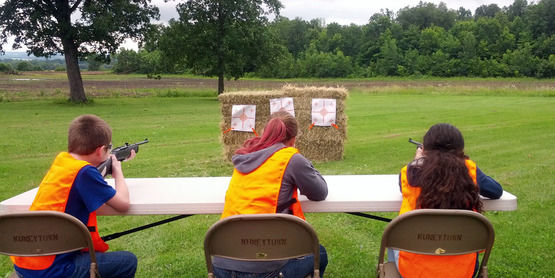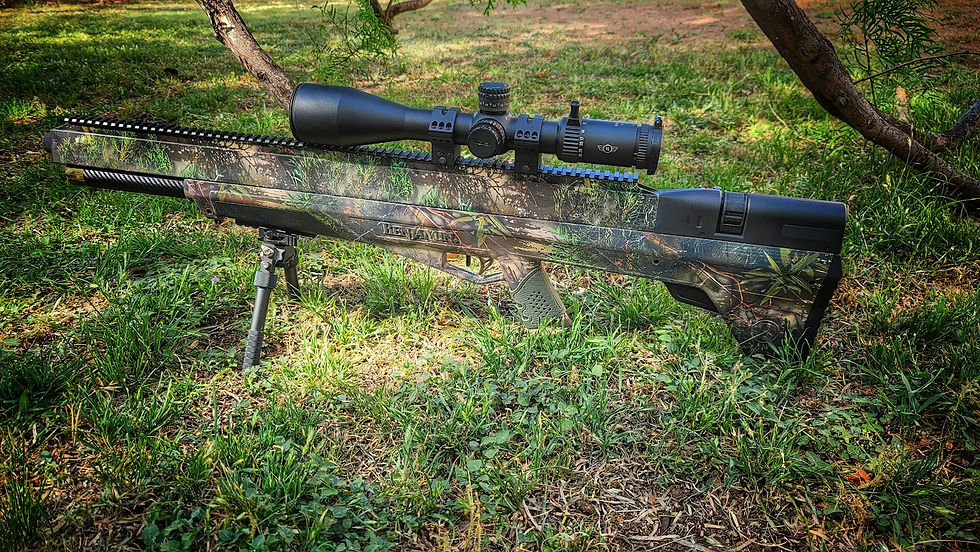Going Ballistic: Coefficiency
- Matt Hodges

- Mar 29, 2023
- 2 min read

Ballistic coefficient is an important concept in the field of ballistics that helps determine how well a projectile can maintain its velocity and trajectory over a given distance. In simple terms, it is a measure of the ability of a bullet or any other projectile to overcome air resistance and maintain its flight path.
Ballistic coefficient is determined by the shape, weight, and velocity of the projectile. A projectile with a high ballistic coefficient will maintain its velocity and trajectory better than a projectile with a low ballistic coefficient. The higher the coefficient, the better the projectile will be able to maintain its speed and trajectory over a longer distance.
The calculation of ballistic coefficient involves comparing the drag of a particular projectile to the drag of a standard reference projectile. This reference projectile is usually a flat-based, standard-weight bullet that is fired at the same velocity as the test projectile. By comparing the two, the ballistic coefficient can be calculated.
There are two main types of ballistic coefficient: G1 and G7. The G1 coefficient is based on the shape of a flat-based bullet, while the G7 coefficient is based on a boat-tail bullet. The G7 coefficient is generally considered to be more accurate, as it takes into account the tapered shape of modern bullets.
One of the key factors that affects ballistic coefficient is the shape of the projectile. A streamlined bullet will have a higher coefficient than a flat-nosed bullet, as it will experience less air resistance. Similarly, a boat-tail bullet, which has a tapered rear end, will have a higher coefficient than a flat-based bullet.
Another factor that affects ballistic coefficient is the weight of the projectile. A heavier projectile will generally have a higher coefficient than a lighter projectile, as it will be less affected by air resistance.
In addition to determining the flight path of a projectile, ballistic coefficient also has important implications for long-range shooting. A bullet with a high coefficient will have a flatter trajectory and require less adjustment for windage and elevation than a bullet with a low coefficient.
In summary, ballistic coefficient is a measure of the ability of a projectile to maintain its velocity and trajectory over a given distance. It is determined by the shape, weight, and velocity of the projectile and is important for determining the flight path of the projectile and making adjustments for long-range shooting.








nice info, I think I get it and know what to research.